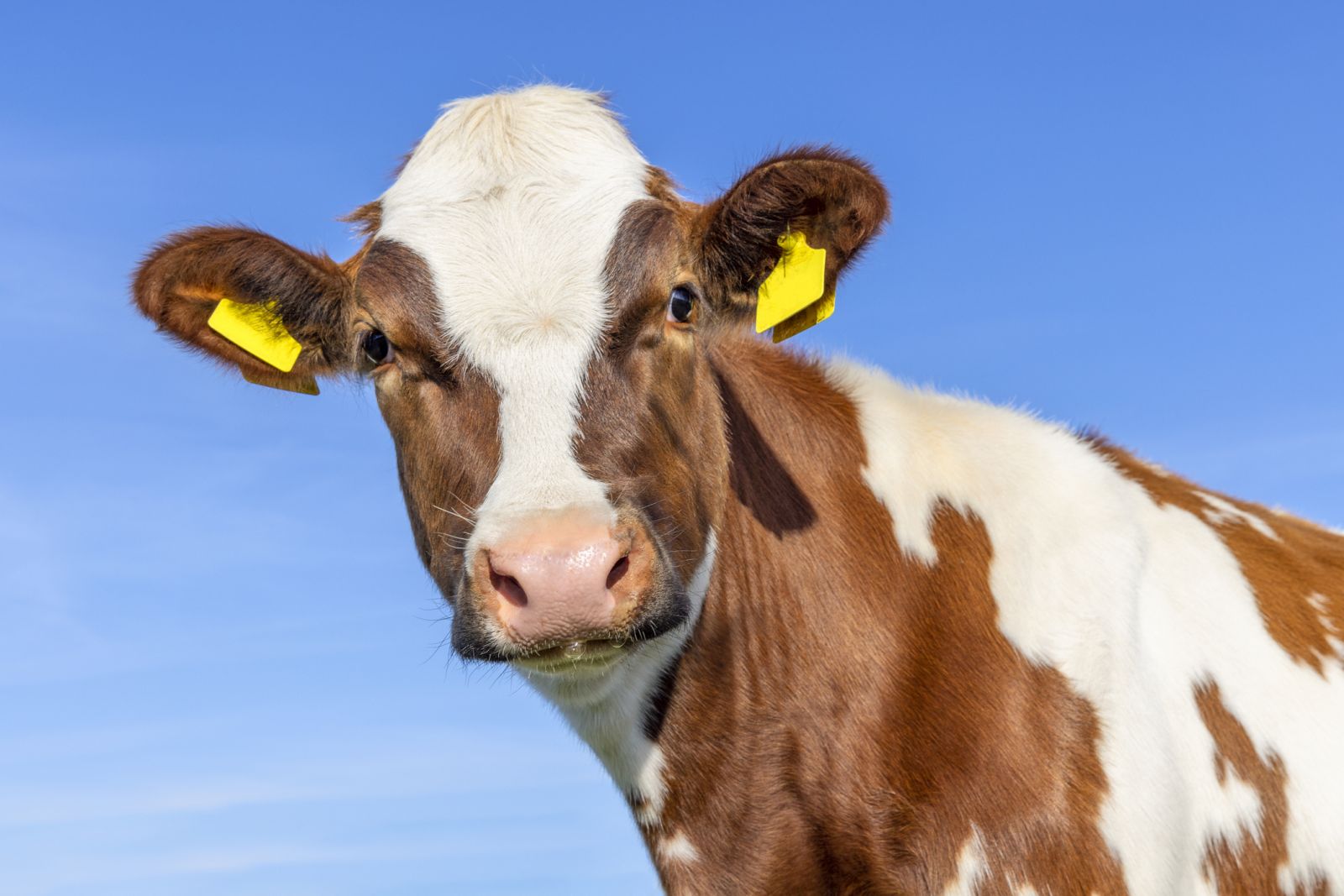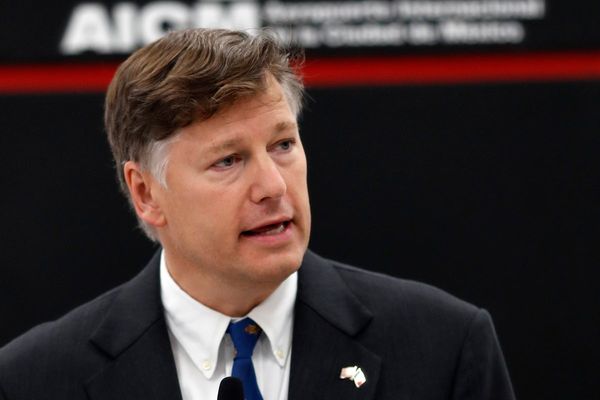
In a January 17, 2025, Barchart article on the cattle futures market, I concluded:
The trend in cattle remains bullish in early 2025, with the peak demand season coming closer each week. However, the higher prices rise, the greater the odds that commodity cyclicality will create an environment where prices reach peaks. It is virtually impossible to pick tops or bottoms in any market, and the volatile cattle markets are no exception. Prices can rise or fall to levels that defy logical, reasonable, and rational fundamental and technical analysis. Therefore, approach the cattle futures with extreme caution at current, high prices.
On January 17, 2025, nearby live cattle futures were at the $1.96775 per pound level, and the nearby feeder cattle contract was at $2.67875 per pound. The cattle futures were at record highs. The bullish trends in beef continued, with the fat cattle eclipsing the $2 level and feeders rising above $2.80 per pound for the first time.
New highs in fat cattle
Live cattle futures rose to new all-time highs in early 2025.

The quarterly continuous live cattle futures chart from the 1960s shows the rally that took live cattle futures to a record $2.07725 per pound high in January 2025.
Feeders rise to historic highs
The feeder cattle futures also rose to record territory in early 2025.

The continuous quarterly feeder cattle futures chart shows the bullish price action that took the futures to a $2.79825 high in January 2025.
The 2025 grilling season is approaching- Tariffs could turbocharge volatility
The world’s leading cattle-producing countries are:

The chart shows that the U.S., Brazil, and China are the leading beef-producing countries. Tariffs Under the U.S. Trump administration, tariffs threaten to distort prices at a time when cattle prices are already at record highs.
In a late January 2025 ZeroHedge article, the author highlighted a “Beef crisis” as the U.S. cattle herd has declined to the lowest level since 1951. Darrell Peel, a professor of agricultural economics at Oklahoma State University, said:
All of the things he (President Trump) is talking about have potentially negative consequences more so than anything positive. Our fate’s pretty well determined in the cattle industry in the U.S. for the next two to four years—and it’s not looking good.
Meanwhile, the futures market is preparing for the 2025 peak grilling season, when beef prices tend to reach seasonal highs as the demand increases. Prices have remained high and at record levels during the 2024 and early 2025 off-season for demand.
The USDA continues to raise its price forecasts
The USDA increased its beef price forecast in the latest January World Agricultural Supply and Demand Report, stating, “For 2025, cattle prices are raised on recent prices and continued strong demand for cattle and beef.” The January 31 USDA cattle report showed decreasing inventory and calf crops.
The bullish trends in the live and feeder cattle futures market began at the 2020 pandemic-inspired lows and continued in early 2025. The bottom line is that new price peaks during the off-demand season point to even higher highs as the peak demand season, which runs from late May through early September, approaches.
Expect higher prices for the peak season, as the trend is your best friend
The only route for participation in the cattle markets is through the CME’s live and feeder cattle futures market. There are no ETF or ETN products that track cattle prices.
At $2 per pound, a live cattle futures contract that contains 40,000 pounds of beef has an $80,000 value. The original and maintenance margin levels are $2,420 and $2,200 per contract, respectively. A market participant can control one live cattle futures contract for around a 3% down payment and must pay market differences through variation margin if the equity falls below the maintenance margin level.
At $2.70 per pound, a live cattle futures contract that contains 50,000 pounds of beef has a $135,000 value. The original and maintenance margin levels are $4,537 and $4,125 per contract, respectively. A market participant can control one feeder cattle futures contract for around a 3.36% down payment and must pay market differences through variation margin if the equity falls below the maintenance margin level.
The trend in any market is always your best friend, and it remains higher in the live and feeder cattle markets as the peak season for 2025 approaches. Higher highs are likely on the horizon for the beef market over the coming months.







